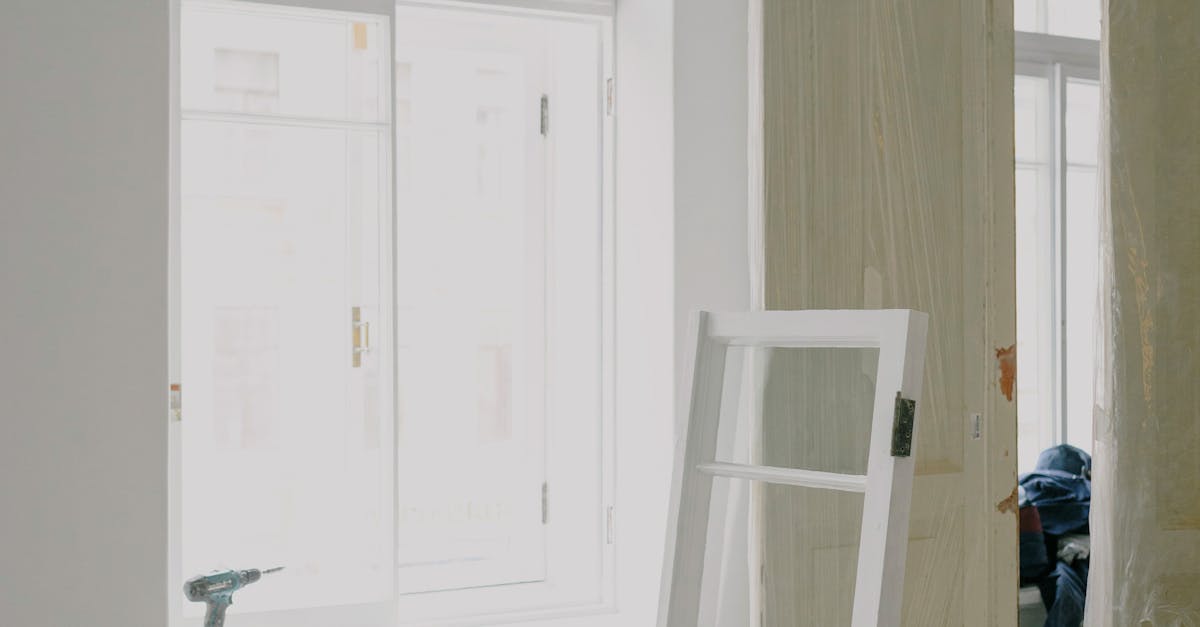
Proper insulation of the ductwork is another crucial aspect of the design process. Insulation helps to prevent heat loss or gain as the air travels through the ducts, ensuring that the conditioned air reaches its destination at the desired temperature. Additionally, insulation reduces noise levels created by the airflow, resulting in a more comfortable and quieter indoor environment.
Maintenance Tips for Ducted Split Systems
Related LinksIf the above steps do not resolve the syncing issue, try changing the frequency channels on the remote control and the indoor unit. To do this, press and hold the timer and energy-saving buttons at the same time for approximately 5 seconds. The indicator light on the indoor unit will blink, indicating a successful frequency channel change. Lastly, ensure there are no obstacles blocking the signal transmission between the remote control and the indoor unit, as this can also cause syncing problems. With these troubleshooting steps, you can efficiently sync and reset your remote control for a seamless operation of your wall-mounted ductless split system.
Ducted Split System Heating: Components OverviewManaging Temperature Discrepancies in Wallmounted Ductless Split SystemsExploring Ducted Split System Heating ComponentsTemperature discrepancies between the set temperature and the actual room temperature in wall-mounted ductless split systems can be a common issue that homeowners face. One of the primary reasons for this inconsistency is the placement of the thermostat. If the thermostat is located in an area that is exposed to direct sunlight, drafts, or close to a heat source, it may not accurately reflect the actual temperature of the room. As a result, the system may run longer than necessary, leading to energy wastage and discomfort for occupants.
Mastering the Components of Ducted Split System HeatingTo address this problem, it is recommended to ensure that the thermostat is positioned in a central location within the room, away from any heat sources or air vents. Additionally, regular maintenance of the system, such as cleaning or replacing air filters, can help improve airflow and overall system efficiency, ultimately contributing to a more accurate temperature control. By addressing these factors, homeowners can optimize the performance of their wall-mounted ductless split systems and enhance the comfort level within their living spaces.
Decoding the Components of Ducted Split System HeatingWhy Does the Set Temperature Differ from Actual Room Temperature in Wallmounted Ductless Split Systems?
Ducted Split System Heating Components DemystifiedWhen the set temperature on your wall-mounted ductless split system does not match the actual room temperature, it can be frustrating and uncomfortable. Several factors can contribute to this temperature disparity. One common reason for this issue is that the location of the unit's temperature sensor may not accurately represent the overall room temperature. Alternatively, the walls near the indoor unit may absorb and retain heat differently, causing discrepancies in temperature readings. Another factor could be that the unit is located near a heat source, such as direct sunlight or a radiator, which may affect the temperature readings and lead to inaccuracies in setting the desired temperature.
Ducted Split System Heating: An Insight into Its ComponentsAdditionally, improper insulation in the room where the indoor unit is installed can also result in differences between the set temperature and the actual room temperature. Inadequate insulation can cause heat loss or gain, making it challenging for the unit to maintain the desired temperature. Moreover, if the room is not sealed properly, drafts or air leaks can impact the temperature control of the system. Regularly checking the insulation and sealing any gaps or cracks can help improve the accuracy of the set temperature in your wall-mounted ductless split system.
Unveiling the Components of Ducted Split System HeatingHandling Condensation Issues in Wallmounted Ductless Split Systems
Condensation problems in wall-mounted ductless split systems can ca